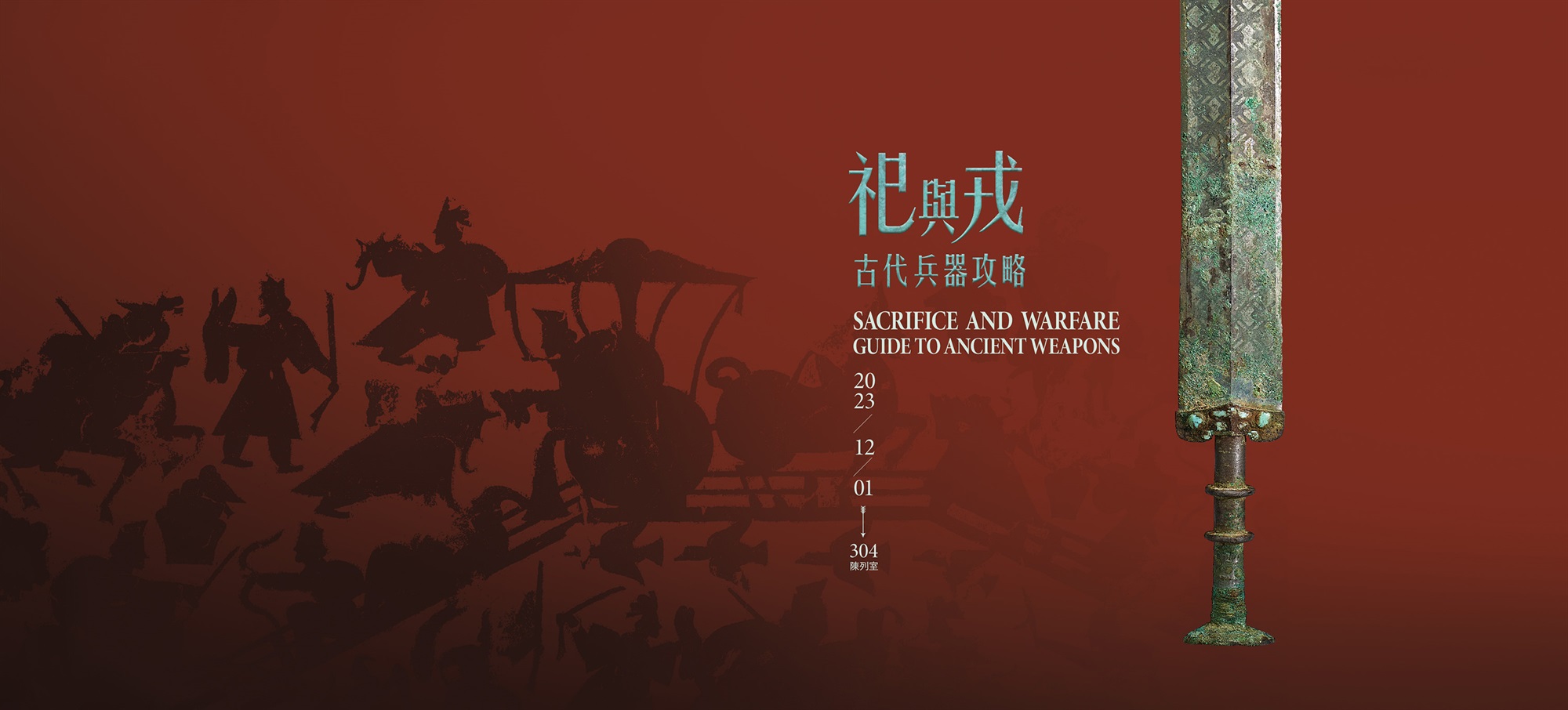Endurance Through Ages
From the Warring States period onwards, bronze weapons gradually gave way to iron ones. However, the critical component of the crossbow, the crossbow mechanism, continued to be made from bronze until Wei, Jin, and the Southern and Northern Dynasties, enduring through the ages. Moreover, the fashion of wearing swords, originating from the Eastern Zhou period, persisted into the Qin and Han periods. Nobles and officials vied to showcase their status by wearing swords. The ritualistic elements and spirit encapsulated in bronze weapons continue to profoundly influence even the Qin and Han periods, which gradually transitioned into the Iron Age.
-
Bronze crossbow with inscriptions and a trigger mechanism Three Kingdoms period, State of Wei, mark
Base length 4.2cm Base width 4.3cm
Protruding part of base 4cm Overall height 18.8cm
Stock height Trigger 7cm Arrow track height 8cmThe trigger mechanism is a key part of the crossbow. Compared to modern firearms, it is similar to triggers and aiming sights and scales. A complete crossbow consists of a bow, tiller, and trigger mechanism. However, because bows and tillers used to be made of wood, bronze trigger mechanisms were normally the only parts that were preserved over time. Crossbow trigger mechanisms first appeared in the late Spring and Autumn period. However, shells did not become prominent until the Han dynasty. The crossbow displayed here has a凸-shaped shell surface and an angle firing scale on the regulator, making it a part of a relative mature crossbow.
This crossbow trigger is remarkably rare in that it contains a detailed inscription. According to the inscription, this crossbow was manufactured in the second year of the Taihe reign. In Chinese history, there were only three emperors who used Taihe as the name of their reigns: Emperor Ming of Cao Wei in the Three Kingdoms period, Emperor Fei of Jin in the Easter Jin dynasty, and Emperor Xiaowen in the Northern Wei period. The style of the inscription suggests that the crossbow mechanism was made in the Three Kingdoms (hence 228 A.D.)
The inscription also revealed that the production of crossbows during this period was highly specialized and systematic. Different parts were made separately and by different craftsmen, including those who made tillers and those who made triggers. There was also a supervision system in place, which included supervisors, trigger craftsmen , and responsible authority. In addition to the inscriptions on trigger surfaces, the various parts of the trigger mechanism were engraved with repeated numbers and symbols, which may have been related to trigger assembly or manufacturing procedures.
-
Agate scabbard slide with dragon decoration Middle-to- late Western Han dynasty, 140 BCE-8 CE
Length9.3cm Width2.6cm
QHeight (with iron) 2.6cmScabbard slides are accessories on scabbards. The flat bottom surfaces of scabbard slides allow them to be fixated on scabbards. The holes in the middle can be inserted leather straps. There is a wooden scabbard on the back of this slide. Judging from the rust color on the wooden scabbard residue, we surmise that the slide was originally fixated to an iron sword.


